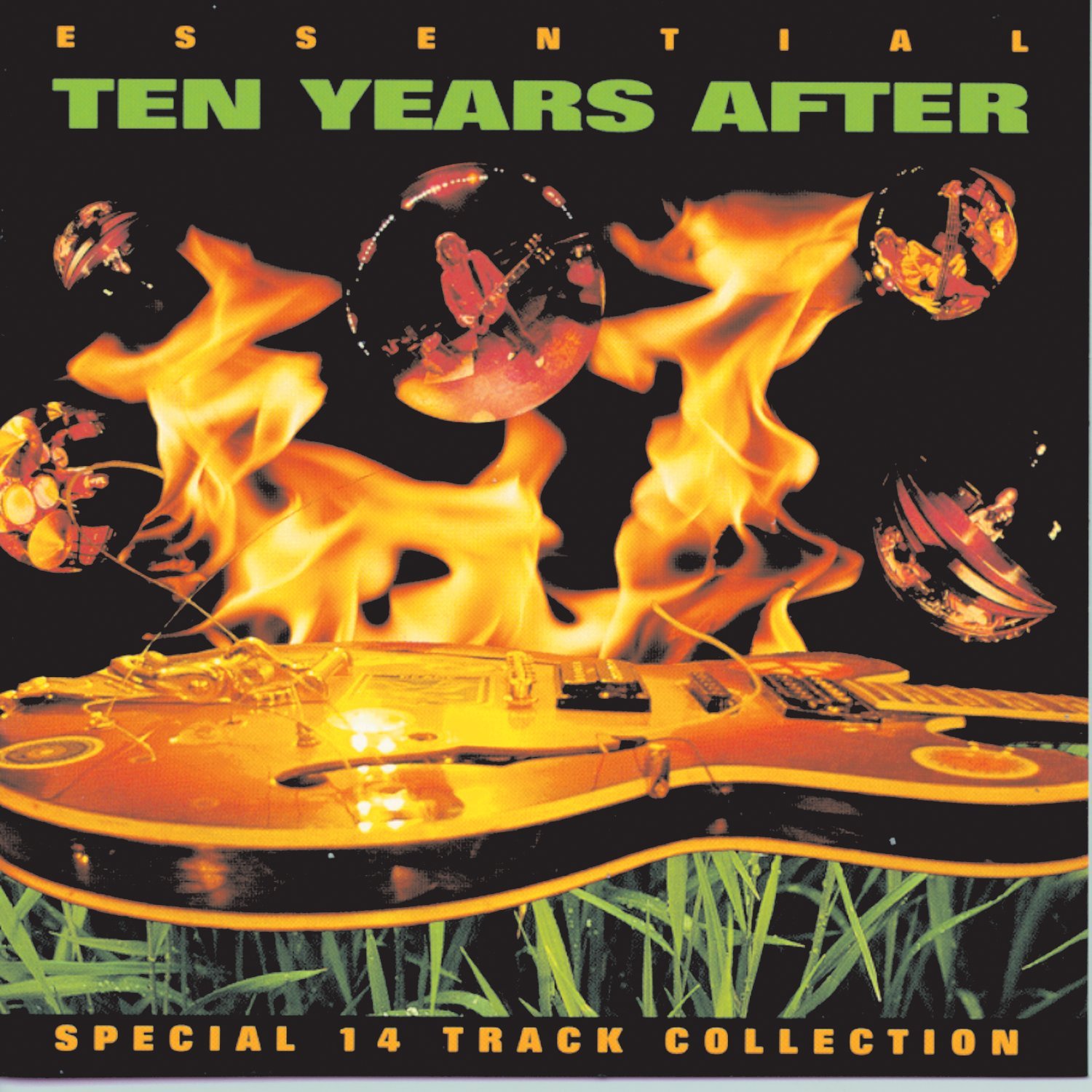
Still, if there ever was a period in which they were real close to embodying some "progressive" tendencies, it was this fall of 1971, with this extremely strange, un-Ten Years After-like album, and this really great bunch of songs, with hardly a major stinker in among all the melodies.
Ten years after a space in time dvd mac#
Verified purchase: Yes | Condition: Pre-ownedĭespite all the hype, Ten Years After could never have earned the title of a "prog-rock" band: sometimes they are mistakenly lumped in with the movement, but Alvin and Co.'s ambitions never really amounted that high - for the most part, they were just hardcore blues rockers with a slight experimental edge, to distinguish them from colleagues like early Fleetwood Mac or Free. It's good to see this digitized CD being released. But what can absolutely be said with authority is that A Space In Time cemented Ten Years After as Rock Music giants of their time. That album was also the sign-off signature for the band, as Lee left to seek a solo career and the music public could only look forward to numerous "best of" albums the studios would release to line their own pockets. And as unusual was the fact that fans also enjoyed most of the songs on that album, not just the feature cut. While some critics and fans sniffed that the band "sold out" to commercialism, the feature song of that album, "I'd Love To Change The World" made every one of them comfortably wealthy. While they did experience success during the middle of their musical careers, the album "A Space In Time" went gold in a hurry. It cannot be ignored that their appearance at Woodstock might had a lot to do with their relative success It was Ssssh that launched them into their successful period. Lee's comment about the material on the Shhhh album cover was indeed prophetic. Caught between the "British Invasion" and the Haight Ashbury culture, Ten Years After finally found their niche within the Acid Rock crowd. In fact, the original album cover back side of "Ssssh" had Lee's comment on it, describing just how difficult it had been to cut that album. He often held that this difficulty was the primary reason that Ten Years After had not "made it" on the commercial music scene. Alvin Lee, the premiere Rock and Blues guitar player of his time often lamented how hard it was to get their third album cut. Though not as consistent as Cricklewood Green, A Space in Time has its share of sparkling moments.The Rock and Blues band, Ten Years After paid their dues three times over, playing the dockside bars and dives all over England. The production on A Space in Time is crisp and clean, a sound quite different from the denseness of its predecessors. Many of the cuts make effective use of dynamic shifts, and the guitar solos are generally more understated than on previous outings. After the opener, however, the album settles back into a more relaxed mood than one would have expected from Ten Years After. The leadoff track, "One of These Days," is a particularly scorching workout, featuring extended harmonica and guitar solos. However, there are still a couple of barn-burning jams.

In fact, six of the disc's ten songs are built around acoustic guitar riffs.

The individual cuts are shorter, and Alvin Lee displays a broader instrumental palette than before. TYA's first album for Columbia, A Space in Time has more of a pop-oriented feel than any of their previous releases had. This was due primarily to the strength of "I'd Love to Change the World," the band's only hit single, and one of the most ubiquitous AM and FM radio cuts of the summer of 1971.

A Space in Time was Ten Years After's best-selling album.


 0 kommentar(er)
0 kommentar(er)
